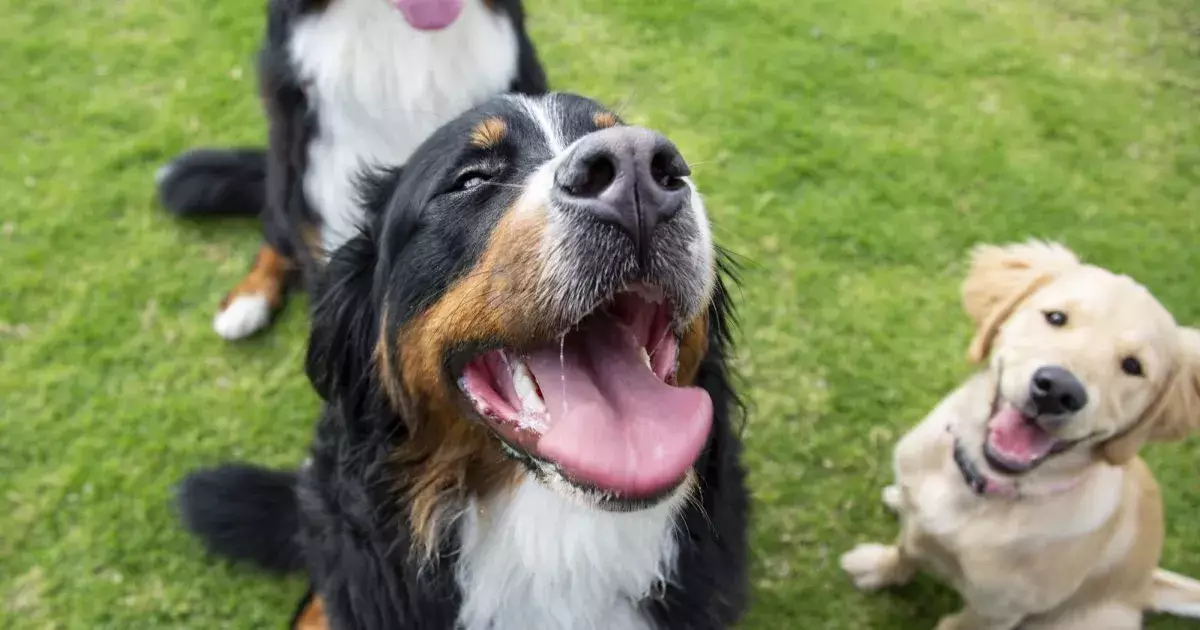The joys of visiting the dog park are many, but they can quickly be overshadowed by the complicated social dynamics that come into play when dogs and their humans gather in a shared space. You might have noticed, like many dog owners, that not everyone adheres to the same unwritten rules of etiquette that keep such communal outings enjoyable for both pets and their owners. In this article, we explore the essential principles of dog park etiquette, delve into the common dilemmas dog owners face, and offer practical solutions to foster a friendly environment.
Dog parks serve as vital community spaces where dogs can socialize and engage in play, while also allowing their owners to connect with one another. However, maintaining harmony in these environments requires a certain level of responsibility from all involved. When pet owners neglect basic responsibilities—like cleaning up after their dogs or failing to intervene during adverse interactions—tension can build, creating an unpleasant atmosphere for everyone.
A well-mannered dog owner understands that their pet’s behavior reflects not only on themselves but also on the community as a whole. Thus, it is essential for each owner to approach the park with respect and consideration for others, cultivating a more enjoyable experience for everyone involved.
One of the most significant issues in dog parks involves owners who fail to clean up after their pets. When faced with such a dilemma, staying composed is paramount. Rather than confronting the owner aggressively, a gentle and diplomatic approach is more likely to yield positive results. Instead of demanding action, consider framing the situation lightly: “Oh, I think your pup made a little mess over there!”
This approach not only highlights the issue without escalating tensions but also encourages all dog owners to be more mindful of their responsibilities. It’s important not to assume that all dog parents are aware of their pet’s actions, as some may be preoccupied or genuinely oblivious.
There are times when a fellow dog owner’s lack of control over their pet’s behavior warrants intervention. Whether the dog is overly jumpy or engages in aggression, allowing such behavior to go unchecked can lead to distress among other park-goers and their pets. If you believe the situation merits intervention, approach the owner with kindness: “It looks like your pup is quite enthusiastic! I’ve had success with [insert training technique], and it might help.”
This soft suggestion can foster a constructive conversation rather than provoke defensiveness, even if your guidance is not received warmly. Remember, many dog parents may hold onto different philosophies regarding training and behavior, so it’s crucial to remain respectful and patient.
In instances where a dog’s behavior could lead to physical harm or emotional distress—either to themselves or others—taking immediate action becomes essential. If you witness alarming behavior, alerting the authorities or park management is a necessary step. The priority must always be the safety and well-being of all dogs in the park.
Furthermore, there are occasions where disciplinary actions taken by other dog owners may seem excessive. If your dog is reprimanded too harshly, it’s entirely appropriate to interject with a calm, “Thanks, I’ll take care of this,” followed by redirecting your pet to a different area. Maintaining an open line of communication during these instances can alleviate misunderstandings and help keep the environment welcoming.
The social aspect of dog parks can enhance the overall experience, fostering friendships among both dogs and their humans. Nevertheless, if you find it challenging to integrate into the social circles forming around you, take the initiative to invite fellow owners for friendly get-togethers outside of the park context. A happy hour or a casual BBQ can provide an excellent opportunity to discuss canine quirks or share training tips in a less charged atmosphere.
Mastering dog park etiquette not only enhances the experience for everyone involved but also contributes to a supportive community. By embodying patience, understanding, and accountability, pet owners can create a safer, more enjoyable environment for their beloved pets and their fellow dog lovers alike.


Leave a Reply